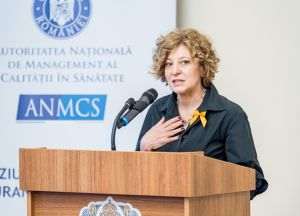The amount of CO2 emitted by private planes increased by 46% in 2023 compared to 2019, according to a study published in the journal Communications Earth&Environment, cited by the German publication Zeit. According to the cited source, private flights produced approximately 15.6 million tons of CO2. This sharp increase was observed especially during the summer months in Europe, but also during major international events such as the Cannes Film Festival, the World Economic Forum in Davos and the UN Climate Change Summit.
The researchers point out that private aviation is one of the most energy-intensive forms of air transport. However, the global dimension of this phenomenon, its distribution and energy intensity are still insufficiently documented and analyzed.
Private jets, although contributing less than 2% of total CO2 emissions from commercial aviation, have a disproportionate impact due to the small number of users. The study, carried out by research teams from Germany, Sweden and Denmark, estimates that only about 256,000 people, or just 0.003% of the world's adult population, regularly use private jets, generating much higher CO2 emissions per passenger than those related to commercial flights, an aspect that attracted criticism from environmental activists.
Another important aspect highlighted by the researchers is the fact that almost half of the flights with private planes (47.4%) take place over a maximum distance of 500 kilometers. 4.7% of these flights are extremely short, under 50 kilometres, suggesting that these journeys often replace car transport for reasons of convenience or time savings. In addition, the total number of private jets has increased by 6.45% annually since 2019, and the distances flown by them have seen an annual increase of 11.31%.
The quoted source states that the increase in the number of private jets largely negates efforts to reduce emissions by introducing more environmentally friendly devices. According to estimates, approximately 8,500 new private jets are expected to be active by 2033. Currently, there are approximately 26,000 private jets in operation worldwide, approximately 69% of which are registered in the United States.
This development raises many questions about the impact of private aviation on the environment, but also about the need for stricter policies to limit CO2 emissions from this exclusive sector and heavily criticized for its disproportionate ecological footprint.
















































